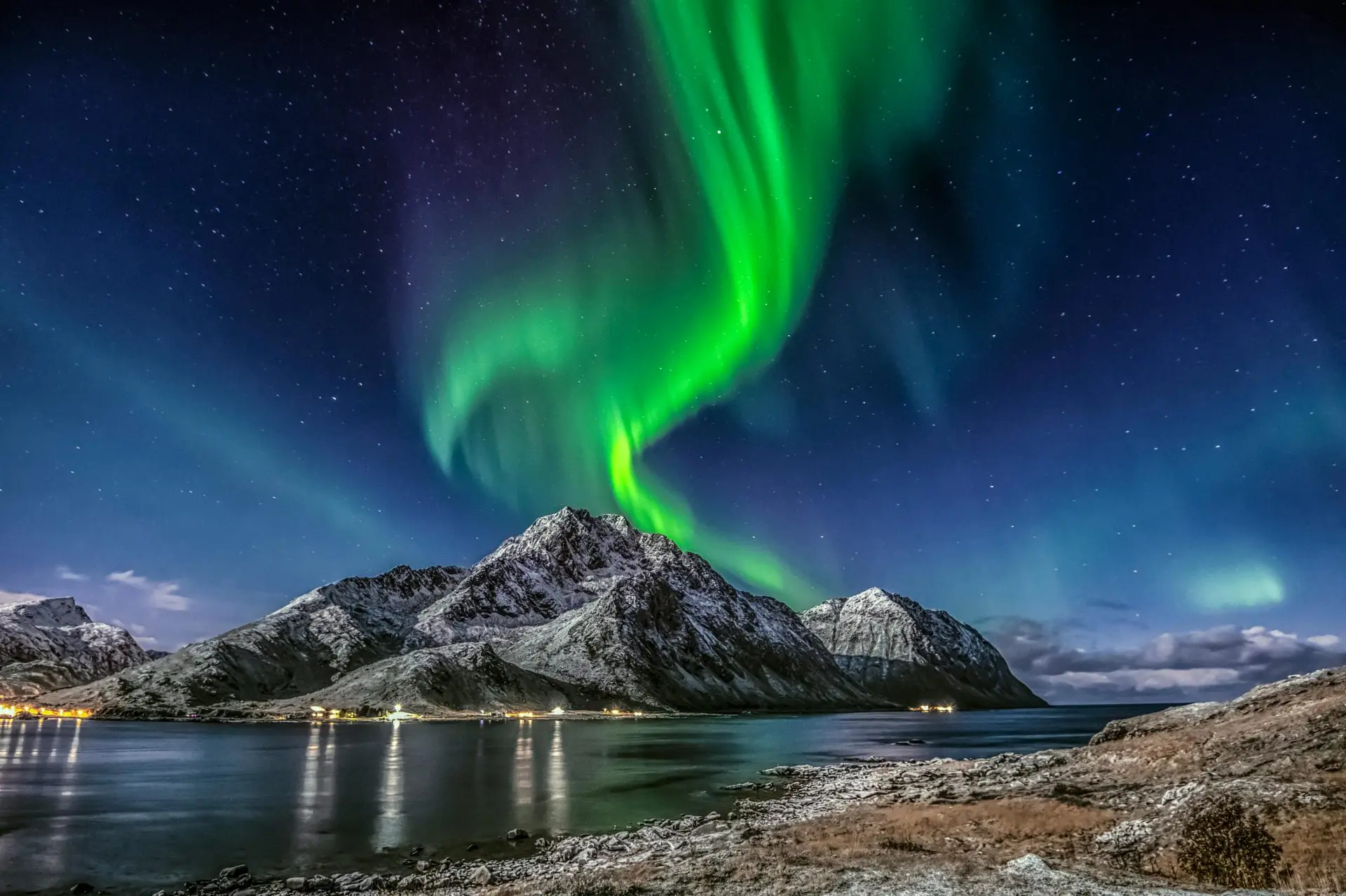What Is the History Behind Christmas Celebrations?

Looking for more amazing products? Check out our online store and explore our collection here! Happy shopping!
Before diving in, please note: This post is for informational purposes only. If you’d like to know more about how we approach topics, feel free to check out our friendly Disclaimer Page.
Hey there, amazing readers! 
We’re committed to delivering quality posts, and your support (even just sticking around despite the ads) means everything to us. So, bear with us, and thanks for helping us keep the good vibes rolling. Now, on to the fun stuff!
TRANSLATE BUTTON AT THE END OF THE ARTICLE
Introduction
Christmas, celebrated on December 25th, is one of the most widely recognized and cherished holidays around the world.
Its rich history blends religious, cultural, and secular traditions, evolving over centuries from a simple religious observance into a global festival of joy, generosity, and community.
Understanding the origins and development of Christmas can enhance our appreciation of the holiday and its diverse customs.
This article delves into the history behind Christmas celebrations, tracing its roots from ancient times to the modern-day festivities.
The Origins of Christmas
Early Winter Festivals
Before Christmas became widely celebrated, various winter festivals were observed in ancient cultures.
The Roman festival of Saturnalia, held from December 17th to 23rd, honored the god Saturn and featured feasting, gift-giving, and role reversals.
Similarly, the ancient Norse celebrated Yule, a festival marked by feasting, lighting fires, and the sharing of gifts.
Key Points:
Saturnalia: A Roman festival with origins in agriculture and the winter solstice.
Yule: A Norse festival celebrating the rebirth of the sun and the end of the dark days of winter.
The Birth of Jesus Christ
The roots of Christmas as a Christian holiday trace back to the celebration of the birth of Jesus Christ.
While the exact date of Jesus’ birth is unknown, early Christians chose December 25th to mark this event, partly to coincide with existing pagan festivals and to symbolize the arrival of light in the midst of winter’s darkness.
Key Points:
December 25th: Chosen by early Christians as the date to celebrate Jesus’ birth, aligning with Roman and pagan traditions.
Symbolism: The birth of Jesus is seen as bringing light into the world, a fitting metaphor for the darkest time of the year.
Evolution of Christmas Traditions
Medieval Christmas Celebrations
During the Middle Ages, Christmas became a time for communal feasting and merrymaking.
The tradition of the Christmas feast became central, and activities such as caroling and plays depicting the nativity scene emerged.
The Christmas season also saw the development of customs such as the Yule log and the practice of giving gifts, which were influenced by both Christian and pagan traditions.
Key Points:
Feasting and Caroling: The Middle Ages saw the rise of communal celebrations and festive performances.
Yule Log: An ancient custom of burning a log to celebrate the return of longer days and the warmth of the sun.
The Influence of Victorian England
The Victorian era (19th century) played a significant role in shaping modern Christmas traditions.
Queen Victoria and Prince Albert are credited with popularizing many of today’s Christmas customs in Britain, including the Christmas tree, which was inspired by German traditions.
The publication of Charles Dickens’ “A Christmas Carol” also reinforced the themes of generosity and family, contributing to the modern image of Christmas.
Key Points:
Christmas Tree: Popularized in Britain by Queen Victoria and Prince Albert, based on German customs.
A Christmas Carol: Dickens’ story emphasized themes of charity, family, and the spirit of Christmas.
Modern Christmas Traditions
Commercialization and Global Spread
In the 20th century, Christmas became increasingly commercialized, with the rise of retail advertisements and holiday sales.
The spread of Christmas traditions across the globe has led to a diverse range of customs and celebrations, reflecting local cultures and practices.
Key Points:
Commercialization: The expansion of Christmas shopping and advertising.
Global Variations: Different cultures have adapted Christmas traditions to fit local customs and practices.
Popular Modern Customs
Modern Christmas is characterized by a blend of traditional and contemporary customs.
Common practices include decorating homes with lights and ornaments, exchanging gifts, attending church services, and enjoying festive meals.
The figure of Santa Claus, derived from Saint Nicholas and popularized in the 19th century, has become a central icon of Christmas.
Key Points:
Santa Claus: A jolly figure derived from Saint Nicholas, symbolizing gift-giving and festive cheer.
Decorations and Gifts: Modern practices include elaborate decorations and the exchange of gifts, reflecting both historical and contemporary influences.
Conclusion
The history of Christmas is a rich tapestry woven from ancient traditions, religious observances, and evolving cultural practices.
From its origins as a Christian celebration of Jesus’ birth to its development into a global festival characterized by diverse customs and commercial elements, Christmas has continually adapted and grown.
Understanding this history not only enhances our appreciation of the holiday but also connects us to the myriad ways in which people around the world celebrate this special time of year.

The Enlightenment Journey is a remarkable collection of writings authored by a distinguished group of experts in the fields of spirituality, new age, and esoteric knowledge.
This anthology features a diverse assembly of well-experienced authors who bring their profound insights and credible perspectives to the forefront.
Each contributor possesses a wealth of knowledge and wisdom, making them authorities in their respective domains.
Together, they offer readers a transformative journey into the realms of spiritual growth, self-discovery, and esoteric enlightenment.
The Enlightenment Journey is a testament to the collective expertise of these luminaries, providing readers with a rich tapestry of ideas and information to illuminate their spiritual path.
Our Diverse Expertise
While our primary focus is on spirituality and esotericism, we are equally passionate about exploring a wide range of other topics and niches 

To ensure we provide the most accurate and valuable insights, we collaborate with trusted experts in their respective domains 
Our blog originally focused on spirituality and metaphysics, but we’ve since expanded to cover a wide range of niches. Don’t worry—we continue to publish a lot of articles on spirituality! Frequently visit our blog to explore our diverse content and stay tuned for more insightful reads.
Hey there, amazing reader! 
Check out our store here and take a peek at some of our featured products below! Thanks for being awesome!









